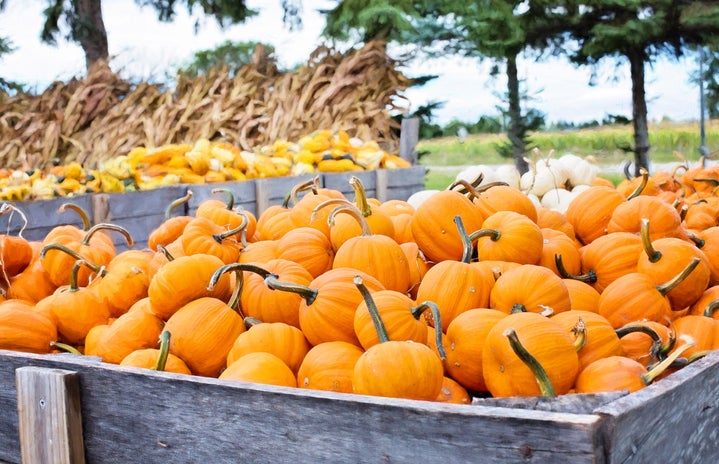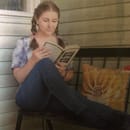Halloween is by far my favorite holiday. I love this time of year: the costumes, the candy, the decorations and the Disney Channel Original Movies. I also love the enchanting and terrifying history that created the holiday! Here is the short version of the history behind Halloween.
Most of the practices of Halloween are from Celtic Paganism. It comes from the feast of Samhain. It was believed that spirits would roam and haunt people on this night. That’s why people who celebrated this holiday in Ireland, Wales and Scotland would give the ghosts treats so that they would be appeased for the year and not cause harm, according to Regina Hansen, a master lecturer at Boston University.
The Celts also hoped that by giving the ghosts treats, they would not destroy all the crops. The Celts wore costumes to disguise themselves and attempted to see into the future since the presence of ghosts would make it easier to do so, according to the History Channel website.
A couple of today’s traditions also come from the Roman celebration of the goddess of fruit and trees, Pomona. Bobbing for apples, for example, is from this tradition, according to Hansen.
When Christianity began coming to the places that celebrated the feast of Samhain, the Christians incorporated this practice into their traditions. This was done because while converting people, it’s easier to just take in and modify their customs rather than abolish them. Coincidentally, the Christian Feast of All Saints is Nov. 1, which is why Oct. 31 is All Hallows’ Eve or the Eve of All Saints, according to Hansen.
That’s where some of the traditions of Halloween come from, but here’s a forgotten about tradition: Halloween used to be a time for matchmaking! In Ireland, a ring would be buried into the Halloween mashed potatoes. Whoever found the ring in their potatoes was supposedly going to find love by the next Halloween! In Scotland, girls would burn a hazelnut for each one of their suitors. Each individual hazelnut represented a different suitor, and whichever hazelnut burned to ashes instead of popping or exploding was going to be the girl’s future husband. Yet another tradition was for a woman to eat a sugary mixture of walnuts, hazelnuts and nutmeg on Halloween in order to dream about her future husband. There are about four more matchmaking rituals that were less popular, but still as interesting. I recommend you research them if you want to learn more!
What about trick-or-treating? Well, one early version of this comes again from the Celts. The treats they left out for spirits are the first remnant of trick-or-treating. In the ninth century trick-or-treating in England was known as “souling” and children would go door to door asking for gifts in exchange for their prayers for the homeowner’s dead relatives. In Ireland and Scotland, early trick-or-treating in the ninth century was known as “guising.” Children would go door to door and recite a poem, sing a song or perform some other trick in exchange for fruit or coins.
How did the United States come to have Halloween? When many people from Ireland immigrated to the United States during The Potato Famine, they popularized the holiday here. I have my Irish ancestors to thank for my favorite holiday!
Follow Her Campus @ Geneseo on Facebook, Twitter, Instagram, and Pinterest.



